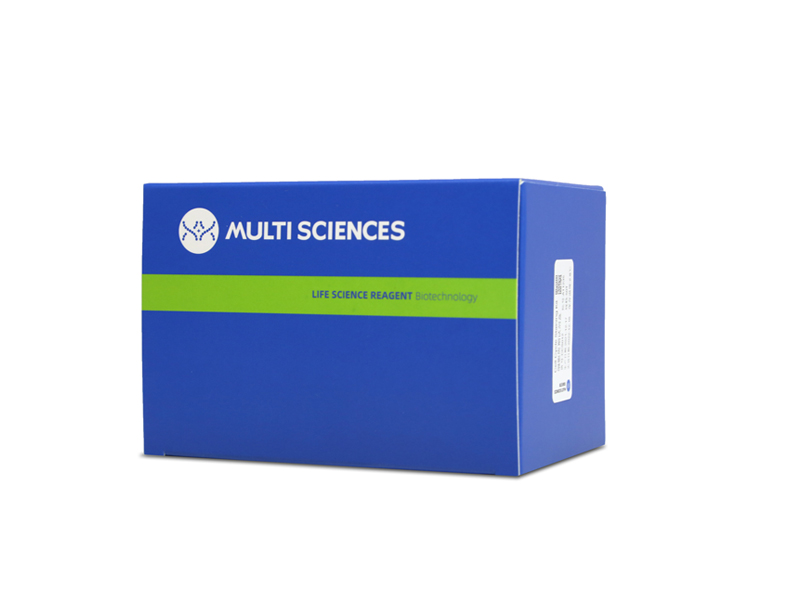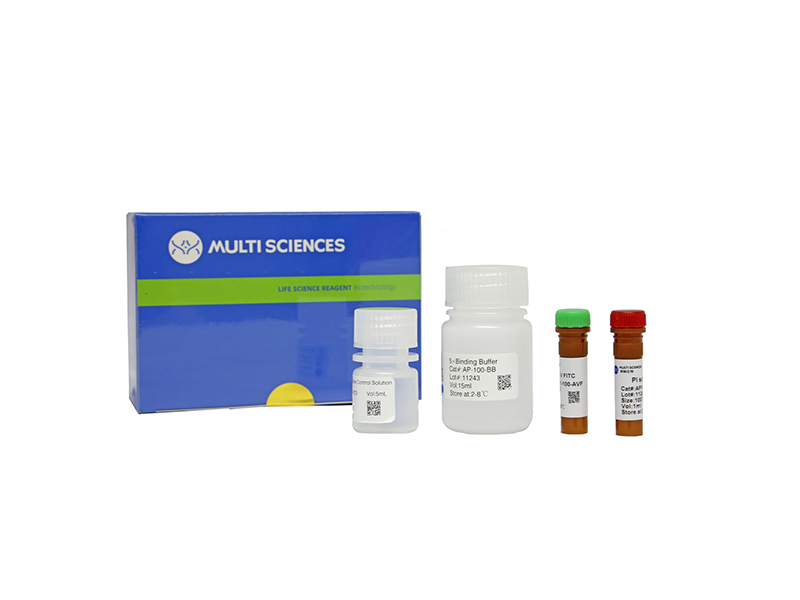The BET family member BRD4 is a bromodomain-containing protein that plays a vital role in driving oncogene expression. Given their pivotal role in regulating oncogenic networks in various cancer types, BET inhibitors (BETis) have been developed, but the clinical application has been impeded by dose-limiting toxicity and resistance. Understanding the mechanisms of BRD4 activity and identifying predictive biomarkers could facilitate the successful clinical use of BETis. Herein, we showed that KDM5C and BRD4 cooperate to sustain tumor cell growth. Mechanistically, KDM5C interacted with BRD4 and stimulated BRD4 enhancer recruitment. Moreover, binding of the BRD4 C-terminus to KDM5C stimulated the H3K4 demethylase activity of KDM5C. The abundance of both KDM5C-associated BRD4 and H3K4me1/3 determined the transcriptional activation of many oncogenes. Notably, depletion or pharmacological degradation of KDM5C dramatically reduced BRD4 chromatin enrichment and significantly increased BETi efficacy across multiple cancer types in both tumor cell lines and patient-derived organoid models. Furthermore, targeting KDM5C in combination with BETi suppressed tumor growth in vivo in a xenograft mouse model. Collectively, this work reveals a KDM5C-mediated mechanism by which BRD4 regulates transcription, providing a rationale for incorporating BETi into combination therapies with KDM5C inhibitors to enhance treatment efficacy.
文章引用产品列表
-
- AP101 1755 Citations
- 凋亡试剂盒
Annexin V-FITC/PI Apoptosis Kit(适用于除C6以外的流式细胞仪)
- ¥630.00 – ¥1,280.00
-
- AP107 88 Citations
- 凋亡试剂盒
Annexin V-APC/PI Apoptosis Kit(细胞凋亡试剂盒)
- ¥780.00 – ¥1,860.00



